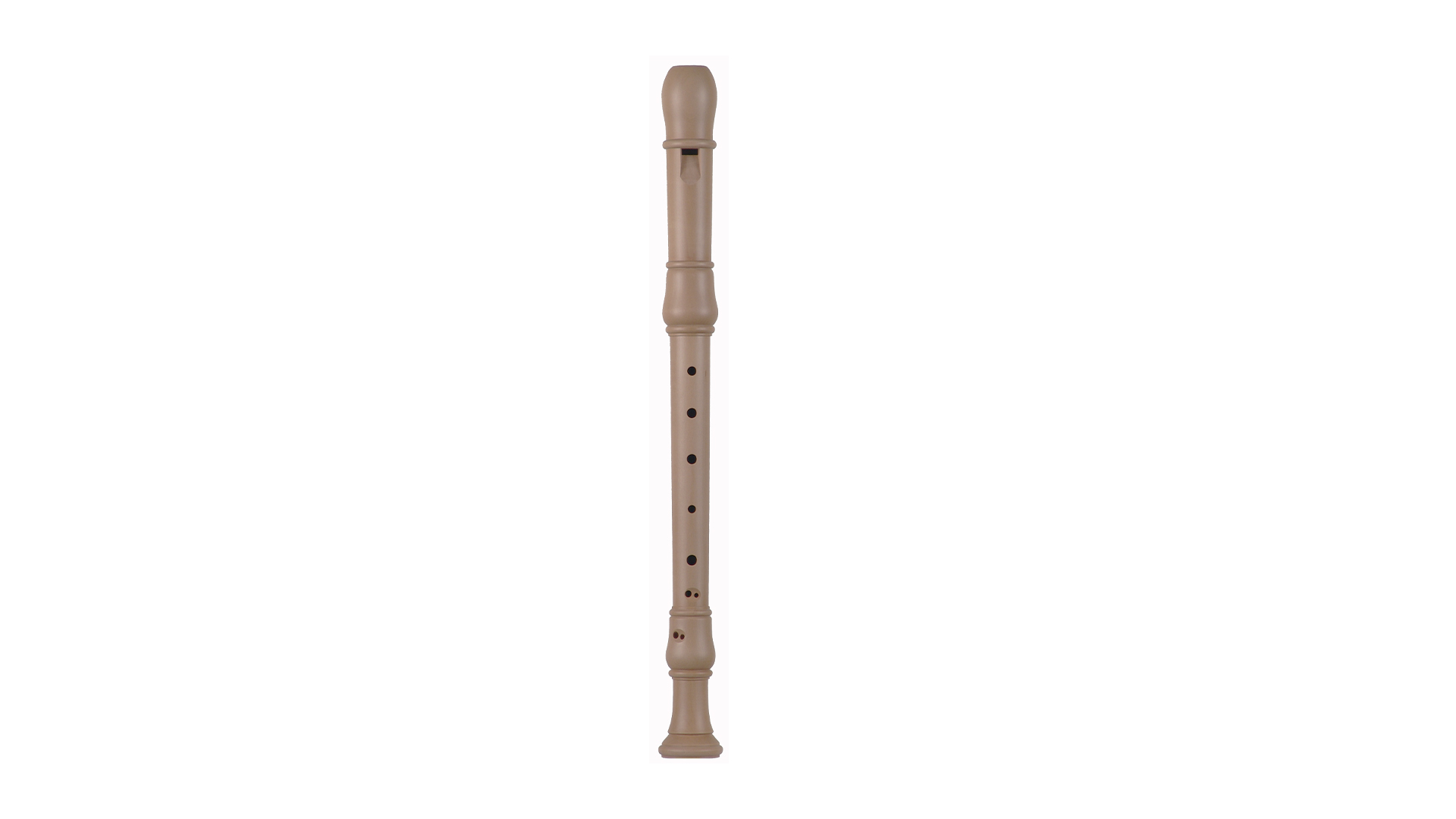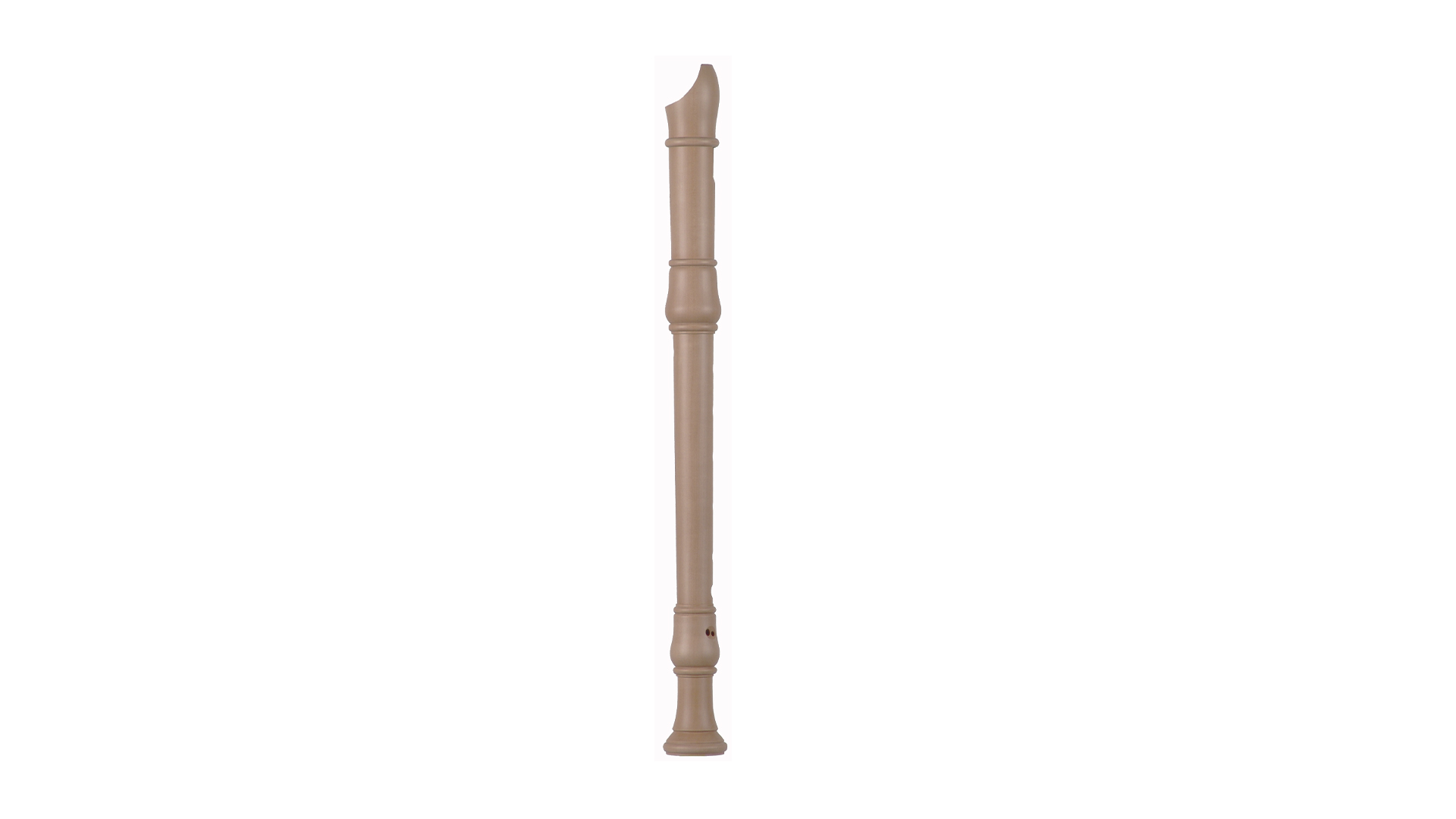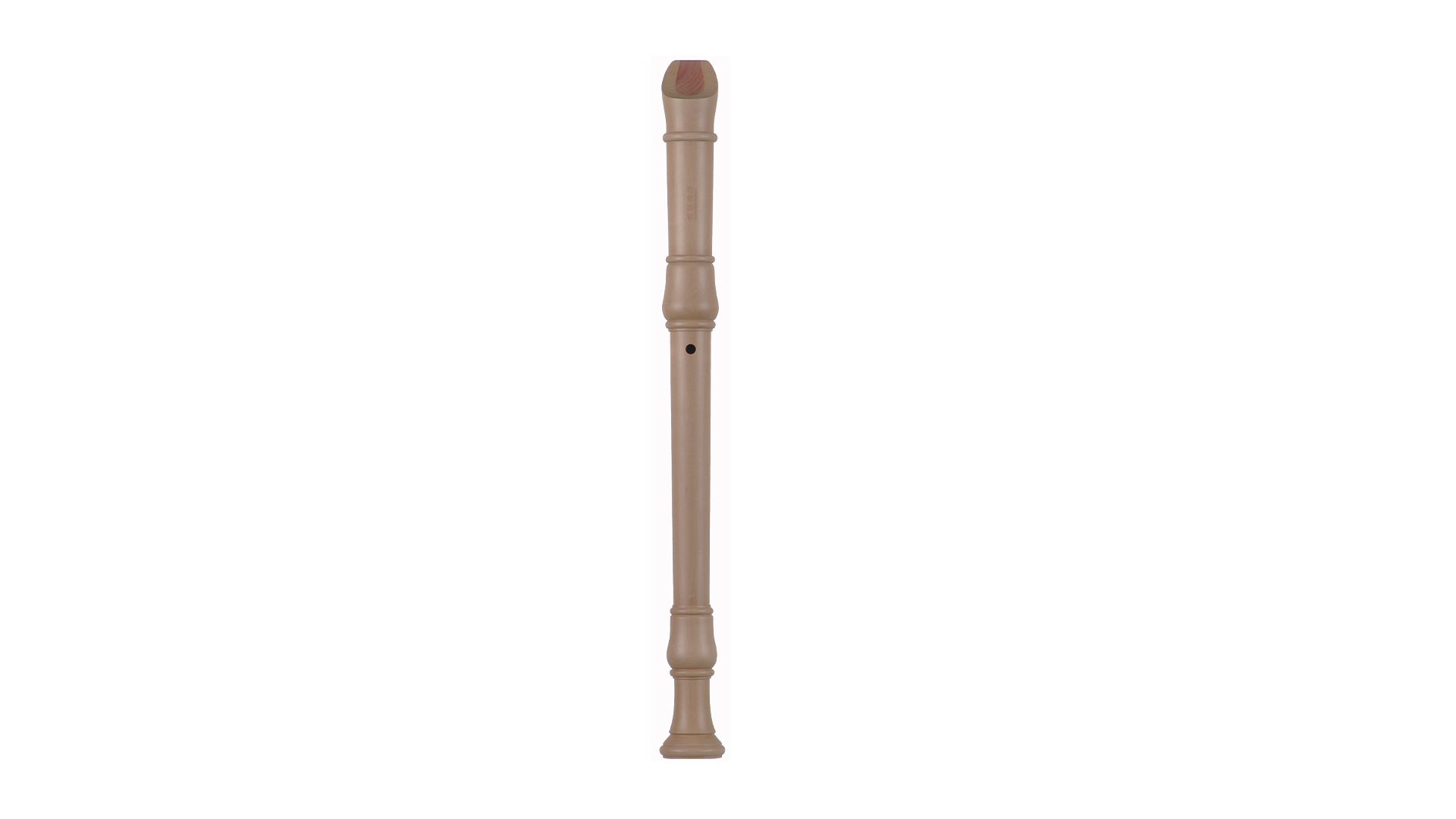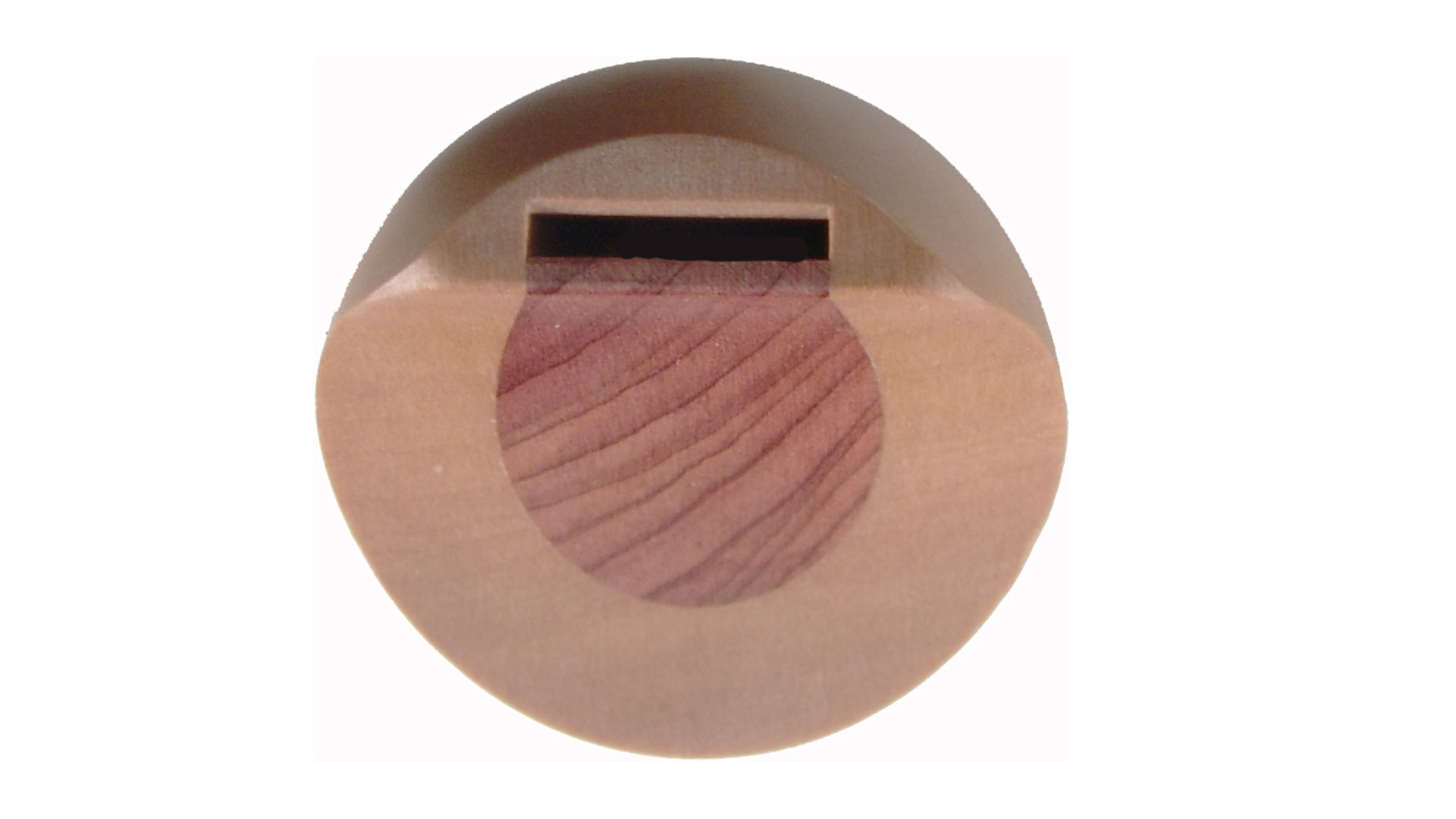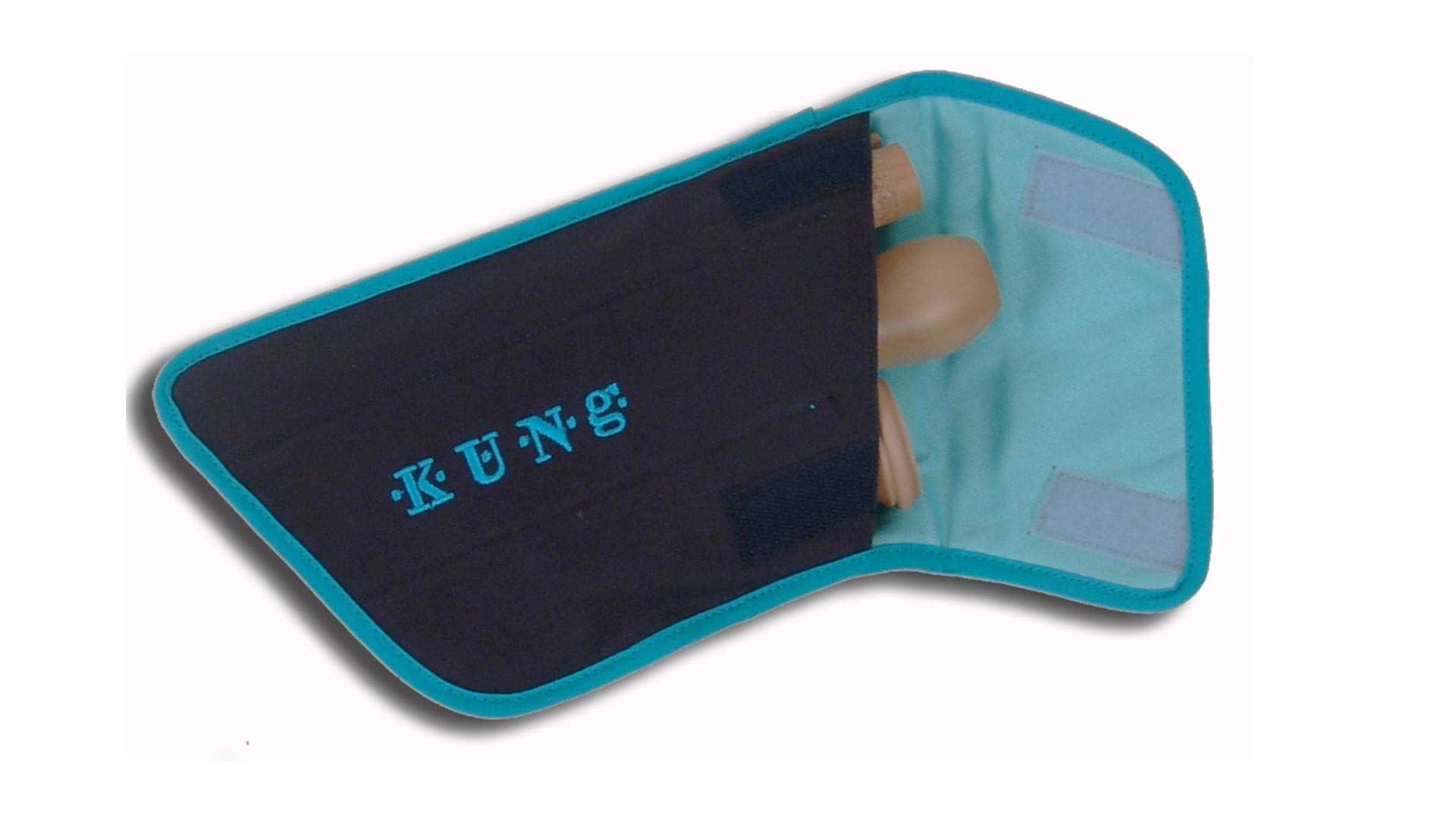Baroque Doublehole, Item: 1401-KUE Natural, 442 Hz
The with the model number: 1401-KUE built by Küng is an instrument, that in lessons, or performing unfailingly can provide fun.
This property is due to the considerate composition of the marvelous design in combination with the sound of the material Pearwood.
The bore
The geometry of the inner bore of the recorder is light cylindroconical. This kind of bore shape gives the instrument this special tone.In principle, recorders with wider bore sound warmer, fuller, more fundamental and thus more suitable for ensembles than instruments with narrower scale.
For what styles can this instrument best be used for?
Pearwood is greatly suitable for recorders used for: focus on choral playing, recorder ensembles and orchestras, other styles are possible.To whom is this musical instrument addressed?
For the above facts it follows that recorders made of Pearwood are especially for ambitious amateurs and advanced players recommendable. A second to be heeded principle is that a higher instrument makes the learning as uncomplicated than a bad low-cost bargain.The windway of a recorder
The windway is the area in the instrument headpiece where the breath is formed into a sheet of air. This air leaf is the basis of the instruments tone. In interaction with the labium, the air flow is very quickly alternately directed inwards and outwards. This swinging stream stimulates the air in the bore. And this is the origin of the recorder sound. This is the reason why the labium must never be damaged. The same applies to the windway. Otherwise suffer the variability of musical expressiveness of the instrument.
The windway of the instrument 1401-KUE of Küng has this windway shape: Straight, conical.Conical windways accelerate the air leaf more than cylindrical shaped windways.
Never violate windway and labium! Their meaning for the function is complex in their geometric shape. Damages here often lead to a total loss!
Fingerings
The model Küng 1401-KUE is offered in the version: Baroque Doublehole .
Construction of the body
The number of parts a woodwind instrument influences basically the way the recorder in daily use on the one hand is uncomplicated to handle in terms of easy gripping and on the other hand for the safe transport.
A point that becomes especially important when larger or multiple instruments to.
{Experienced ensemble players can tell you a thing or two about this. Or ask members of recorder orchestras will agree.
Leaders of large ensembles know how useful good and compact recorder bags are.
Packaging and accessories
The recorder is delivered as standard with: BagThe following accessories included: Wiper rod, fingering chart, care instructions
Notes for finding a new instrument
Inform yourself in detail!The search for your new instrument should never be influenced by well-meaning advice.
Get your own realizations after trying an instrument. Don't let "expert"-opinions.
Do not let others stop you from playing of an yet unknown instrument.
Your musical taste is as unique as you are.
Therefore, only you can decide which instrument concept will you.
Our recommendation is therefore: Play various models!
After that you will be delighted and can make a confident decision.
Information about instruments with keys
Not always can the tone holes be drilled in the places in the that are comfortable to grasp with the fingers. Especially with deep recorders sit for acoustic reasons tone holes ergonomically not to reach. On these instruments, by the instrument maker keys are added, which make gripping clearly easier, or possible in the first place.This allows it to be {pleasant|light|ergonomic|conspicuous|above average| good play even by players with smaller hands.
The instrument 1401-KUE has the following flaps:
| Accessories: | Wiper rod, fingering chart, care instructions |
|---|---|
| Bore shape: | light cylindroconical |
| Construction: | 3-part (head, middle, foot) |
| Fingering: | Baroque Doublehole |
| Material: | Pearwood |
| Material: Botanical name: | Pyrus communis |
| Material: Country of origin: | Austria |
| Packing: | Bag |
| Surface treatment: | Natural |
| Target group: | Ambitious amateurs and advanced players |
| Weight with case: | 0.296 kg |
| Windway: | Straight, conical |
| Size: | F-Alto |
| Tuning pitch: | 442 Hz |
| Group: | Recorder |
| Material structure: | Pearwood: Very load-bearing with a fine-pored structure. |
| Musical use: | focus on choral playing, recorder ensembles and orchestras, other styles are possible |
| Sound characteristics: | Pearwood: Soft, choral sound. Suitable for playing in a group |
Login



